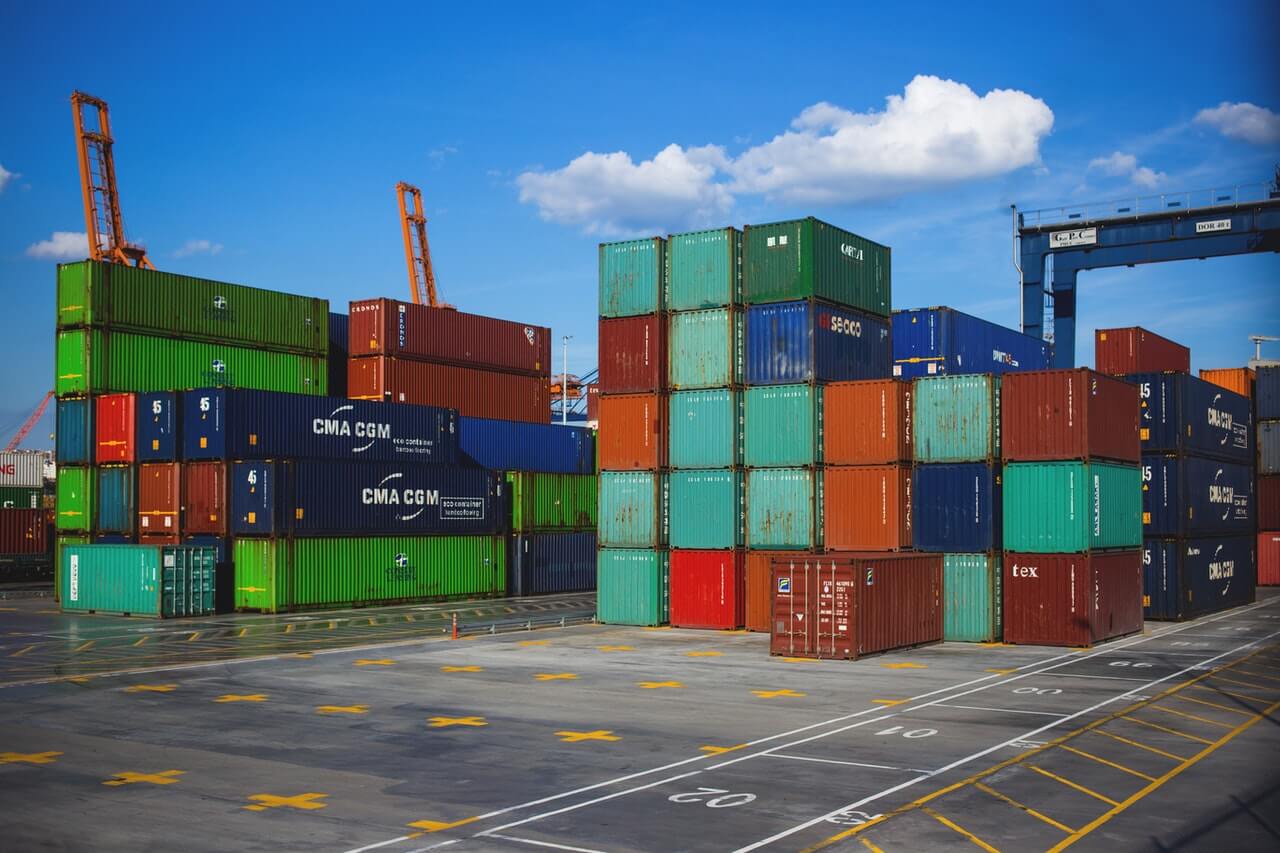Procurement is a prominent function in any business, from manufacturers to retailers, to service companies. Originally, procurement was the integration of purchasing into supply chain management. It then evolves into 2 main aspects: direct vs indirect procurement.
While direct procurement refers to the acquisition of core ingredients for your production, indirect procurement pertains to goods that have indirect contributions to the manufacturing process. Thus, the methods to manage these 2 procurement disciplines are different. This article will explain the main difference between direct and indirect procurement and how you can apply them to your business.
What is direct procurement?

Direct procurement is the process of acquiring raw materials and any essential supplies, goods, and services that create your final products to end customers. It’s the backbone of your business activities, thus impacting profitability directly.
Some examples of direct procurement can be:
- A fabric manufacturer buying cotton and silk materials to produce apparel
- A baker purchasing flour and eggs to make cakes
- A restaurant ordering meat, fish, vegetables, and beverages
- A construction company acquiring cement and blocks for its projects
Direct procurement is common in physical manufacturing industries where raw materials are converted into physical products.
What is indirect procurement?

Indirect procurement deals with the acquisition of products and services that support a company’s day-to-day operations, but do not play an essential role in the production of goods or services. Instead, their purpose is to assist the production process to happen smoothly.
For instance, indirect procurement can be:
- Rent
- SaaS services, e.g. Slack, Trello
- HR-related services
- Marketing-related services
- Outsourced services like consultants and advisers
- Facilities and maintenance
- Utilities, e.g. water, electricity
- Office supplies, stationery, and decorations
The ratio between the 2 procurement categories differs among industries. Traditional manufacturing companies rely mainly on direct procurement, while service providers tend to depend on indirect procurement. Therefore, you need to understand your business and which types of procurement to focus on to make an effective procurement and purchasing strategy. Competent management of direct and indirect procurement costs allows you to run your company effectively, and in turn, create a competitive advantage.
Direct vs indirect procurement: What are the differences?

The table below summarizes key differences between direct and indirect procurement:
Characteristic | Direct procurement | Indirect procurement |
Function | Secures the core raw materials that become your products after processing. | Obtains the supply of spontaneous goods. |
Vendor relationship | Fosters long-term relationships with vendors. | Maintains transactional relationships with suppliers. |
Inventory management | Requires proper planning and budgeting to have enough inventory in stock. | No long-term management strategy for spontaneous goods. |
Organizational structure | Managed by a centralized procurement team | Decentralized function for various departments |
Now let’s address the details of each characteristic.
Function
The most distinct difference between direct vs indirect procurement is their functions. Direct procurement aims to secure the core materials that are the main ingredients for your production, thus driving a company’s performance and profitability.
On the other hand, indirect procurement mostly includes expenditure on the goods, services needed for day-to-day operations, and maintenance of equipment and facilities. Thus, it doesn’t directly influence your business’ bottom line but plays a supporting role to run your business smoothly.
With the distinct direct and indirect procurement functions, you should have different approaches to operate them most effectively.
Vendor relationship

Since direct procurement deals with the core ingredients of your final products, you should develop a sourcing strategy to select the best suppliers. Then, make sure to nurture a collaborative long-term relationship with them. If you frequently order the same goods or services from one supplier, you should adopt a blanket purchase order with them. This contract type allows you to purchase goods at a fixed price for a certain length of time, saving you cost from price fluctuation and giving you more bargaining power to negotiate a discount.
The better you handle your supplier relationship for direct procurement, the steadier your supply chain management, and the more efficient your production. Thus, a reliable and sustainable vendor relationship provides security for your operation, enabling you to deliver high-quality products to your customers on time at reasonable prices.
On the opposite side, indirect procurement deals with non-essential supplies that assist your production but do not constitute the base of what your company offers. Therefore, it emphasizes controlling company purchasing and reducing expenditure, which leads to transactional relationships with vendors. As a result, you cannot apply the same supplier management method as for direct procurement.
Instead, you should have a shortlist of vendors and use call-out services when you need them. Even if the vendors aren’t available, you can get other alternatives or delay the supplies acquisition if possible. Unlike direct procurement which often builds a deep connection with vendors, indirect supplies are too numerous and thus given less effort to retain long-term contracts.
To enhance your supply chain management for both direct and indirect procurement, you can consider adopting a PWA Magento purchase order system. This tool will empower you to control end-to-end purchasing, from PO creation, approval, to receiving products, as well as offer you insights to plan and avoid over or underbuying.
Inventory management

Inventory management is the strategy and execution of purchasing, storing, and planning for inventory. It is often a priority for direct procurement since the direct inputs are core materials for your products. If you cannot get replenishment from your vendors on time, it can cause huge problems and negatively affect your bottom line. Hence, to ensure resilience and prevent disruptions to your supply chain, you need to thoroughly plan and budget the inventory of direct procurement in advance.
For indirect inputs, there’s no long-term inventory management strategy as they are spontaneous purchasing. It can be difficult to get the exact amount of demand for these supplies, so little planning is made in advance for them. Rather, indirect goods are often procured spontaneously as the need arises.
Organizational structure
Direct procurement has a significant impact on your business’s profit, therefore, you should have a dedicated, centralized procurement team to manage strategy and control costs.
In contrast, indirect procurement doesn’t use a similar approach. It tends to be more decentralized among multiple departments.
However, taking both methods of procurement into account, they share the same requirement: both need careful handling of purchasing and invoice for operational efficiency.
Conclusion
This article has given you information on the key difference between direct and indirect procurement. The 2 types have their purposes and different methods to address. Thus, you should apply both of them smartly to gain the most advantage for your business.













